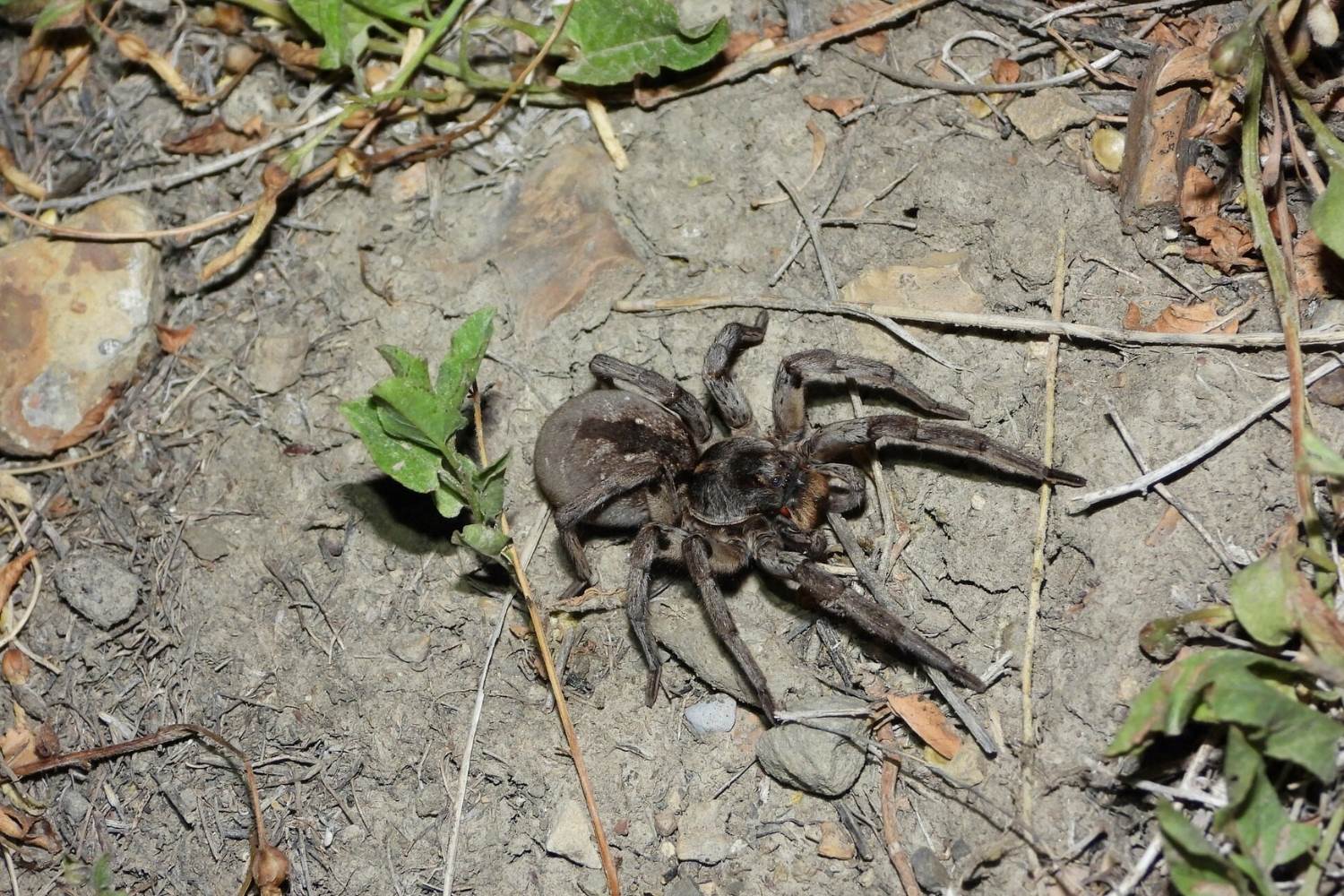
The Carolina Wolf Spider, also known as Hogna carolinensis, is a fascinating creature that can be found in the southeastern United States. Despite its intimidating name, this spider plays an important role in controlling insect populations and maintaining the delicate balance of ecosystems. From its distinctive appearance to its hunting habits, there are several astonishing facts about the Carolina Wolf Spider that are worth exploring. In this article, we will delve into 11 extraordinary facts about this intriguing arachnid, shedding light on its biology, behavior, and unique adaptations. So, let’s embark on a journey to uncover the secrets of the Carolina Wolf Spider and discover why it is a creature worthy of our admiration and respect.
Key Takeaways:
- Carolina Wolf Spiders are impressive hunters, using speed and agility to catch prey without building webs. They are nocturnal, venomous but harmless to humans, and play a crucial role in maintaining ecological balance.
- Female Carolina Wolf Spiders are caring mothers, carrying their egg sacs and spiderlings on their backs. These solitary creatures are resilient survivors, adapting to various habitats and preying on insects to regulate pest populations.
Unique Hunting Technique
The Carolina Wolf Spider, also known as Hogna carolinensis, is a fascinating arachnid that possesses a unique hunting technique. Unlike most spiders that build webs to catch prey, the Carolina Wolf Spider relies on its exceptional speed and agility to chase down its victims on the ground.
Impressive Size
One of the most striking features of the Carolina Wolf Spider is its formidable size. They can grow up to 2 inches in length, making them one of the largest wolf spider species in North America.
Excellent Eyesight
Carolina Wolf Spiders have incredibly sharp eyesight, which allows them to spot their prey from afar. With a combination of eight eyes arranged in three rows, they have a wide field of vision and can perceive both movement and color.
Caring Mothers
Female Carolina Wolf Spiders are known for their exceptional maternal instincts. They carry their egg sacs attached to their spinnerets until the spiderlings hatch. The mother then carries the spiderlings on her back, offering them protection until they are ready to venture out on their own.
Nocturnal Hunters
Carolina Wolf Spiders are primarily nocturnal creatures. They are most active during the night, using their keen senses to hunt for prey in the darkness.
Agile and Fast
These spiders are renowned for their agility and speed. With their long, powerful legs, they can quickly chase down their prey, covering short distances in a matter of seconds.
Venomous but Harmless to Humans
While the Carolina Wolf Spider is venomous, its bite poses little threat to humans. Their venom is primarily used as a tool to immobilize their prey, and their bites rarely cause any significant harm to humans.
Versatile Hunters
Carolina Wolf Spiders are versatile hunters and can capture various types of prey, including insects, other spiders, and even small vertebrates like lizards and frogs. Their diet is diverse, reflecting their adaptability as predators.
Solitary Creatures
Carolina Wolf Spiders are primarily solitary creatures. They prefer to live and hunt alone, only coming together during the mating season.
Resilient Survivors
These spiders have an impressive ability to adapt and survive in various habitats. They can be found in forests, grasslands, deserts, and even suburban areas.
Essential Ecological Role
The Carolina Wolf Spider plays an important ecological role as a regulator of pest populations. By preying on insects and other small animals, they help maintain the balance of ecosystems they inhabit.
Conclusion:
These 11 astonishing facts about Carolina Wolf Spider highlight the unique characteristics and intriguing behaviors of this fascinating arachnid. From their agile hunting techniques to their caring maternal instincts, these spiders have adapted to thrive in various environments. While venomous, they pose no significant threat to humans, and their presence is crucial for maintaining the ecological balance in their habitats.
Conclusion
In conclusion, the Carolina Wolf Spider is truly a fascinating creature with a unique set of characteristics. From its impressive size to its intricate hunting techniques, this spider never fails to awe and amaze. Its ability to adapt to various environments and its important role in controlling insect populations make it a valuable member of the ecosystem. Whether you find them intriguing or intimidating, there’s no denying the incredible nature of the Carolina Wolf Spider. So, the next time you come across one, take a moment to appreciate the astonishing facts about this remarkable arachnid.
FAQs
Q: Are Carolina Wolf Spiders venomous?
A: Yes, Carolina Wolf Spiders possess venom and are capable of injecting it into their prey. However, their venom is not considered dangerous to humans. Bites may cause localized pain and swelling, similar to that of a bee sting.
Q: Are Carolina Wolf Spiders aggressive towards humans?
A: Typically, Carolina Wolf Spiders are not aggressive towards humans. They are shy creatures that prefer to avoid confrontation. However, if provoked or threatened, they may bite in self-defense. It is advisable to exercise caution and avoid handling these spiders.
Q: Where do Carolina Wolf Spiders live?
A: Carolina Wolf Spiders are primarily found in the southeastern United States, including states like North Carolina, South Carolina, and Georgia. They prefer habitats such as forests, meadows, and coastal areas.
Q: How big can Carolina Wolf Spiders get?
A: Carolina Wolf Spiders are one of the largest species of wolf spiders in the United States. Females can reach sizes of up to 1.5 inches, including their legs. Males are slightly smaller, averaging around 1 inch in length.
Q: What do Carolina Wolf Spiders eat?
A: Carolina Wolf Spiders are carnivorous and mainly feed on insects and other small invertebrates. They are skilled hunters and use their keen senses to detect and capture their prey. Their diet includes various insects like grasshoppers, beetles, and even other spiders.
Was this page helpful?
Our commitment to delivering trustworthy and engaging content is at the heart of what we do. Each fact on our site is contributed by real users like you, bringing a wealth of diverse insights and information. To ensure the highest standards of accuracy and reliability, our dedicated editors meticulously review each submission. This process guarantees that the facts we share are not only fascinating but also credible. Trust in our commitment to quality and authenticity as you explore and learn with us.


